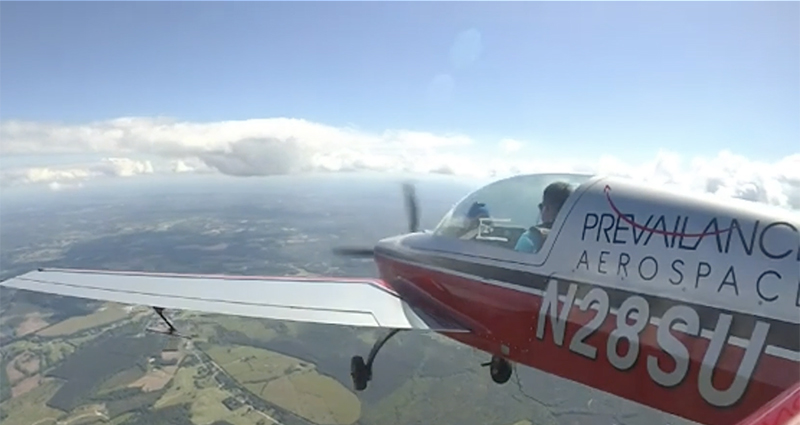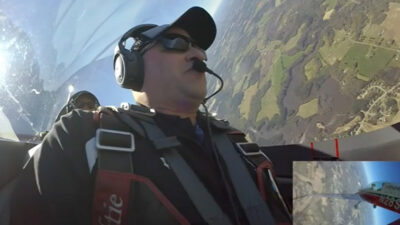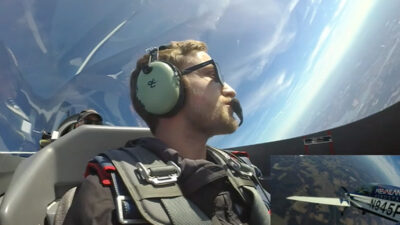Three Considerations That Set Pilots Up for Success

Constantly reviewing aviation accidents and incidents is challenging. As an instructor, it is not only the injuries and fatalities that make it hard but also the sheer magnitude of avoidable aspects of each incident. These safety reports prove that every Pilot in Command (PIC) is accountable for what transpires. Neither stellar experience nor a flawless resume liberates the PIC from bearing the responsibility of an unexpected aviation event.
What are these experienced and skilled pilots missing? Many of these events are facilitated by a strong desire to get to a destination or to return home. With the efficiency of movement, the PICs are not addressing issues on the ground before they become greater issues while airborne. Loss of Control-Inflight (LOCI-I) remains the number one cause of fatalities in aviation. The three most significant contributors to LOC-I incidents are human factors, systems anomalies and environmental issues.1
Assessing Pilot Readiness
The FAA released the I’M SAFE checklist almost a decade ago.2 It is the aviation industry’s standard for checking the status of oneself before flight. It covers:
- Illness: The current or recent illnesses that could affect flight.
- Medication: Any medications that could impair the pilot’s ability to fly.
- Stress: Unusual psychological pressure and/or anxiety.
- Alcohol: Any alcohol in the last eight hours.
- Fatigue: Being tired and/ or not adequately rested.
- Emotion: Being emotionally upset.
This mnemonic highlights the human factors that could impact one’s judgment and ability to fly during any given flight event. Without this personal review and assessment, an airborne incident is more likely to occur.
Other points that need to be assessed are those identified by the FAA and the National Transportation Safety Board (NTSB). After working and flying in Part 61, 91, 121, 135 and 141 environments, I am aware that most brief outlines cover these elements. However, most PICs do not effectively assess 1) systems anomalies and 2) the environmentals. What does that really mean?
It means that it is worth the time to review how the onboard equipment is working prior to takeoff. It also means that if there is an issue, get it fixed. Even though the Minimum Equipment List (MEL) gives each PIC a little room to assess systems, that same pilot needs to be honest about the flight ahead and the required functionality of each and every system.
The benefit of a methodical upset prevention & recovery training program is that it prepares pilots for any given airborne contingency; in this case – an unexpected nose low upset.
Separately, before takeoff, the PIC also needs to look at the weather one more time to ensure the flight path is clear and without any convective activity. Assessing turbulent activity and icing is also a guide to ensuring a safe transit.
There are resources onboard the aircraft to assess turbulence and icing, along with utilizing air traffic control to clear a flight path. Each PIC needs to take the time prior to and during the flight to assess the plan and verify that it is still the best setup to get to the destination.
Mitigate the Risks of Upsets and LOC-I
Regardless of who you are or where you are going, make sure the PIC has run through a solid I’M SAFE. Moreover, ensure that due diligence is applied to the aircraft systems and the environmentals along and throughout the flight route. It is much easier to delay departure, re-route a flight or reschedule entirely if all three are not in good standing. It has been proven that without all three, upsets and subsequent LOC-I are likely to occur.
Mitigate all that you can at every stage of your aviation game… and add a robust upset recovery training program for good measure.
Works Cited:
1 Maintaining Aircraft Control: Upset Prevention and Recovery Training. Airplane Flying Handbook. FAA. Retrieved May 30, 2024 from https://www.faa.gov/sites/faa.gov/files/regulations_policies/handbooks_manuals/aviation/airplane_handbook/06_afh_ch5.pdf
2 Medical Facts for Pilots. Aeronautical Information Manual. FAA. Retrieved May 30, 2024 from https://www.faa.gov/air_traffic/publications/media/aim_basic_4-03-14.pdf

Prevailance Aerospace is a UPRT provider that has been working with corporate, government, and general aviation pilots to improve safety in the aviation industry. Prevailance Aerospace uses Extra 300 Series Aircraft for training and our pilots are experienced aviation professionals from various military and general aviation backgrounds. We know that successful aviation endeavors are accomplished through an uncompromising commitment to safety, impeccable professionalism, tremendous attention to detail, and constant improvement.
http://prevailanceaerospace.com
© 2025 Prevailance Aerospace. All Rights Reserved.
Next ArticleRelated Posts

Rise Up for the Next Generation
There is no doubt in my mind that flying is the way mankind is meant to travel, yet the continued success and growth of the industry requires a refined approach to safety. As someone who flies commercially and with a new interest in a career in aviation, I want the reassurance that the pilot in command (PIC) and crew are adequately prepared if and when an aircraft ends up in an upset.

The Denominator Is not Common
When was the last time you identified the “goods” and “others” of any given event to improve efficiency and effectiveness? If it’s been a while, bring these words back into your daily routine. There is merit in shared experiences and the refinement of small nuances to create significant value. No organization or person in it is perfect.

